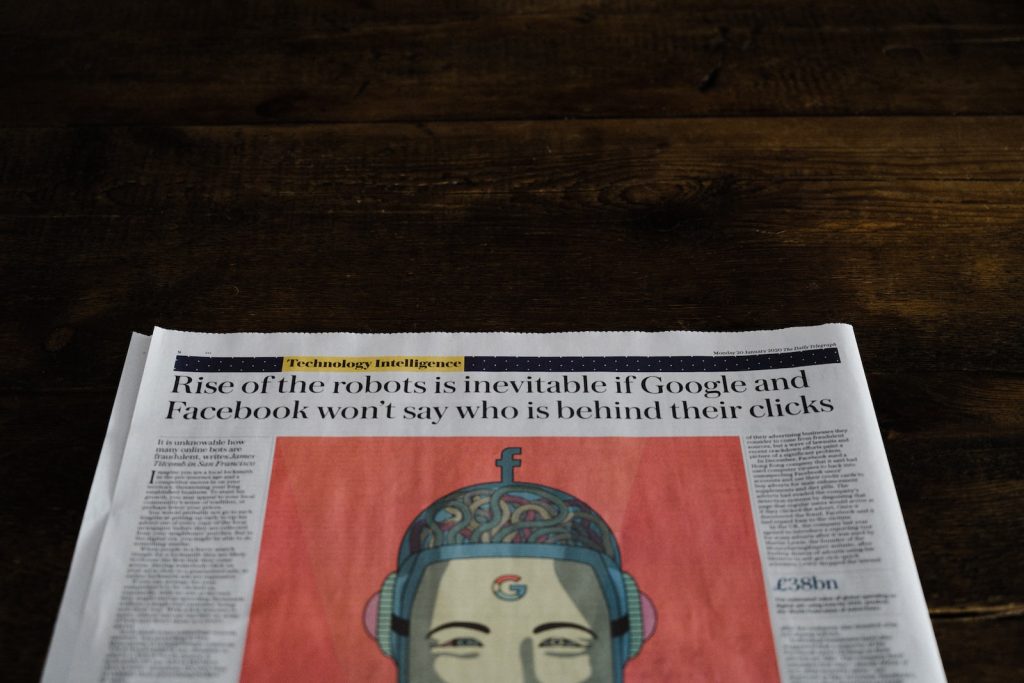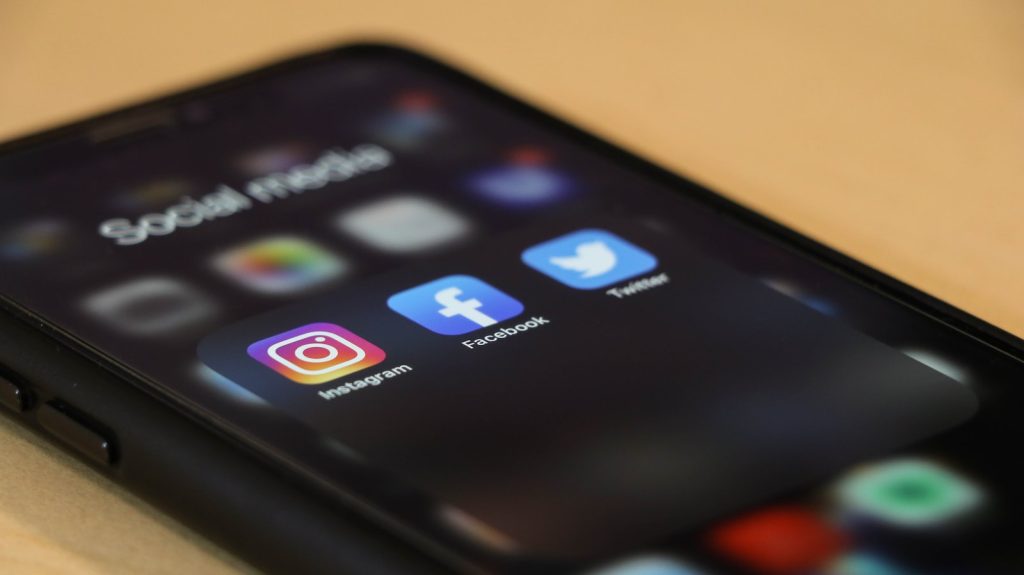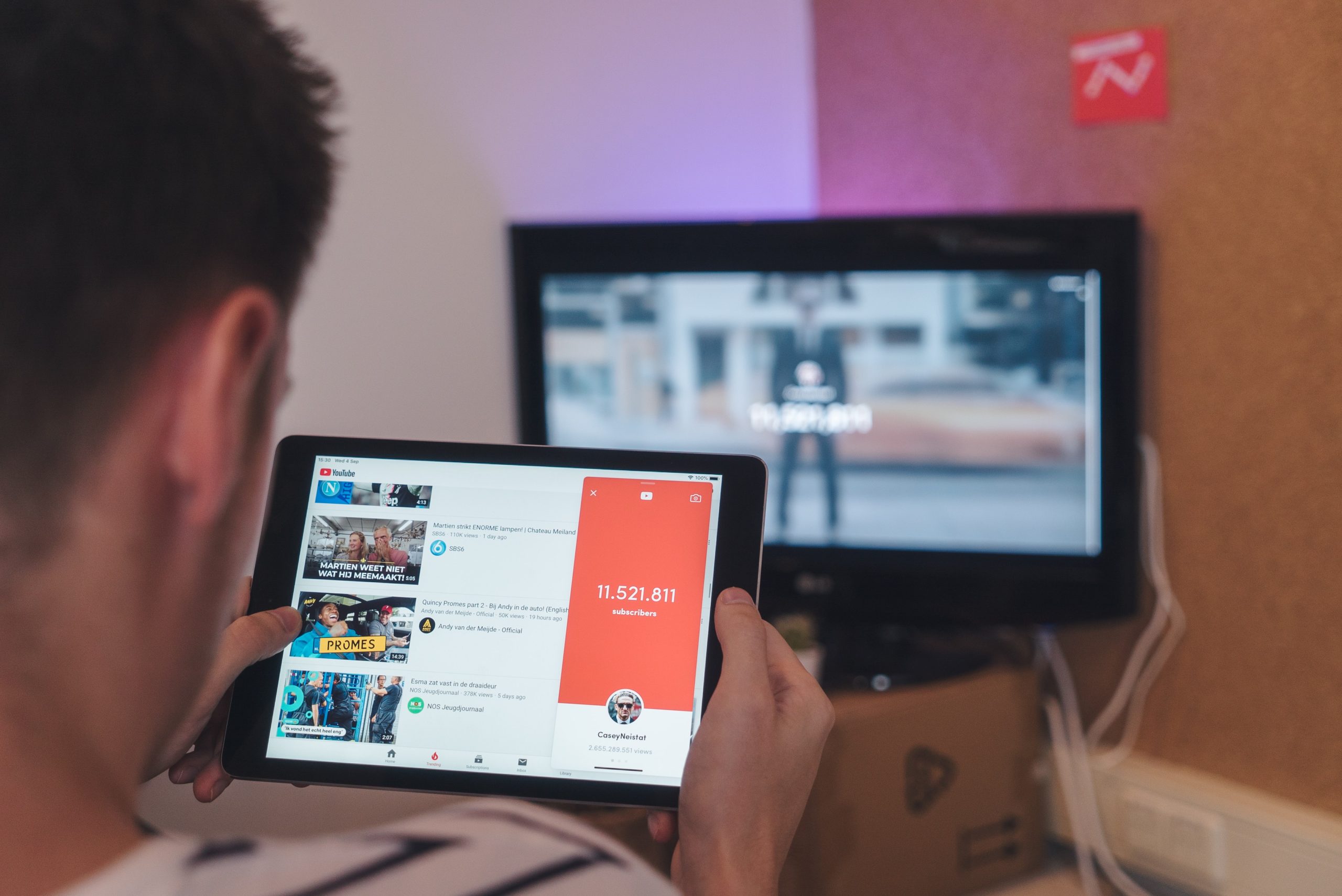- Introduction to what is drive-by media
- Definition and effects of drive-by media on society
- The role that drive-by media plays in our culture
- Tips for critically consuming drive-by media
- The dangers of excessive drive-by media consumption
- When to take a break from drive-by media
- Conclusion
- Frequently Asked Questions
Introduction to what is drive-by media
In our modern world, it’s more important than ever to understand drive-by media and how it affects us. Drive-by media is a term that refers to the way we consume media today – we are constantly bombarded with information from all sides, and we rarely have the time or opportunity to process it all deeply.
This can have a big impact on the way we think and make decisions. In this blog post, we’ll explore drive-by media in more detail and discuss why it’s so important to be aware of it.
Definition and effects of drive-by media on society

Drive-by media is a term used to refer to the current landscape of tabloid journalism and news cycles that are based primarily on clickbait headlines and surface-level reporting. This term captures the notion of quickly consuming news like one does a drive-by fast food – in the form of brief, shallow articles that provide only a few tidbits of information about an issue or event.
This type of media has become increasingly common as we can access news instantly from our phones or other devices. However, this type of reporting can have serious implications for society – rather than promoting informed debates and meaningful conversations, it may discourage critical thinking by disseminating misinformation and sensationalized content that relies heavily on oversimplification or exaggeration.
In addition, drive-by media’s attentional focus on particular topics may fail to offer an analysis of the larger context surrounding an issue, thereby oversimplifying complex issues into easily digestible sound bites. As a result, drive-by media may negatively shape public discourse about important social and political matters, leading to further polarization in our already divided society.
The role that drive-by media plays in our culture
In our present day, drive-by media plays an increasingly prominent role in shaping our culture. It has become an important part of how we consume entertainment, learn about current events, and connect with one another.
By its nature, drive-by media is widely accessible and easily digestible; many find it useful for quickly consuming news stories or watching widely shared videos. Although it often produces content that is enjoyable to consume or thought-provoking, there are dangers inherent to this type of media consumption.
For instance, some worry that the preponderance of online analytics may have the effect of forcing creators to play to what captures people’s attention rather than exploring more ambitious ideas. Moreover, there can be a tendency towards content designed more for shock value than thoughtful engagement.
Ultimately, while drive-by media has contributed to making information rapidly available and connecting us in unprecedented ways, it is crucial that we do so responsibly by critically engaging with what we consume instead of just mindlessly scrolling through social media feeds.
Tips for critically consuming drive-by media
With the growth of technology and media, it has become easier than ever to quickly find information on just about any topic from a variety of sources. However, this proliferation of “drive-by” media comes with its own set of risks. In order to be able to effectively filter out bad information, it is important for you to know how to recognize and consume drive-by media in a critical manner.
To ensure that you are getting reliable information from the drive-by media that you read, the first step is to pay attention to the source. Seeing where something is published will help you evaluate its accuracy and trustworthiness.
It is also necessary to consider why something might appear in your news feed – who or what might be promoting it. Lastly, take some time to read more than just the headlines; often times more context can provide vitally important insights into content that could otherwise be misleading.
Taking some time to understand how drive-by media works can go a long way toward helping you stay informed while avoiding unreliable sources. Furthermore, by teaching yourself how to critically consume this type of media, it has the potential to become an invaluable tool when used correctly.
The dangers of excessive drive-by media consumption
With technology that allows us to access information more quickly than ever before, drive-by media consumption has become increasingly common. Many people go about their day with a constant stream of content in the background, whether through radio, news websites, or streaming services. While it can be entertaining and even educational to consume bits and pieces of information on the go, it is important to be mindful of the potentially harmful effects this kind of media consumption can have.
Those who take in large amounts of information from multiple sources do not give themselves time to properly process what they are seeing and hearing. This can lead to a skewed understanding of the world around them, as well as increased stress and fatigue from trying to take in too much at once.
Moreover, since drive-by media consumption favors quick sound bites over complex details and nuanced views, users are not able to gain a broader understanding of issues or events through sustained engagement with reliable sources. It is therefore essential for individuals to evaluate how much time they spend consuming information on the move, and consider if there are better ways for them to stay informed without sacrificing their mental well-being.
With mindful consumption habits, we can enjoy our favorite content while also maintaining a balanced perspective on current affairs.
When to take a break from drive-by media

The constant deluge of information provided through drive-by media sources can be overwhelming and distracting. Whether it’s news headlines on the way to work, an email notification about an upcoming event or a text message reminding us of a task that needs to be completed – the relentless barrage of notifications from our devices can easily leave us feeling frazzled and exhausted.
And while it can be difficult to break away from the barrage of notifications, there is immense value in taking regular breaks from our digital devices and media sources. Not only will this help increase focus and productivity during our work sessions, but it also gives us much-needed time to focus on more meaningful tasks like self-reflection, leisure activities, and spending time with family and friends.
Fortunately, there are several ways we can combat drive-by media fatigue: disconnect for regular periods of time – such as at least one hour per day or two hours every other day – turn off notifications from some or all media sources throughout the day or set reminder alarms that allow you know when your scheduled break should start.
By following these simple steps, you will be able to stay informed without sacrificing your health and well-being due to excessive screen time. Knowing when to take a break from drive-by media is essential in order to stay productive while maintaining peace of mind.
Conclusion
Drive-by media is a term that describes the constant stream of low-quality content that we are bombarded with on a daily basis. This media ranges from clickbait articles to meaningless social media posts, and it can have a significant impact on our mental health and well-being. If we want to protect ourselves from the negative effects of drive-by media, it is important to learn how to consume it critically.
This means being aware of the biases that exist within the media, as well as taking regular breaks from consuming it altogether. Drive-by media can be harmful to our mental health, but if we learn how to consume it responsibly, we can minimize its negative impact on our lives.
Frequently Asked Questions
Drive-by media is a term that describes the constant stream of low-quality content we are bombarded with on a daily basis. This media can range from clickbait articles to meaningless social media posts.
Drive-by media can lead to a skewed understanding of the world around us, as well as increased stress and fatigue from trying to take in too much at once.
Moreover, since drive-by media consumption favors quick sound bites over complex details and nuanced views, users are not able to gain a broader understanding of issues or events through sustained engagement with reliable sources.
When used in moderation, drive-by media can be a useful tool for gaining a basic understanding of an issue or event. It can provide users with quick and easy access to breaking news stories and other timely information. However, it is important to also supplement this with more reliable sources such as books, newspapers, and trusted websites.
Examples of drive-by media include Twitter, Instagram, news headlines, TV advertisements, and YouTube videos. Moreover, some podcasts and radio programs can also be considered as a form of drive-by media due to the way in which information is quickly presented without the time for deeper exploration or analysis.
Drive-by media can be helpful in quickly disseminating information, such as during emergency situations. It can also be used to create conversations and connect with others who share similar interests.
However, it is important to remember that drive-by media also favors quick sound bites over complex details and nuanced views, so it should not be used as the only source of communication.
One of the main challenges associated with drive-by media is its potential to lead to a skewed understanding of issues or events. It also encourages quick, low-quality content production, which can cause people to become overwhelmed and fatigued from trying to consume too much at once.

